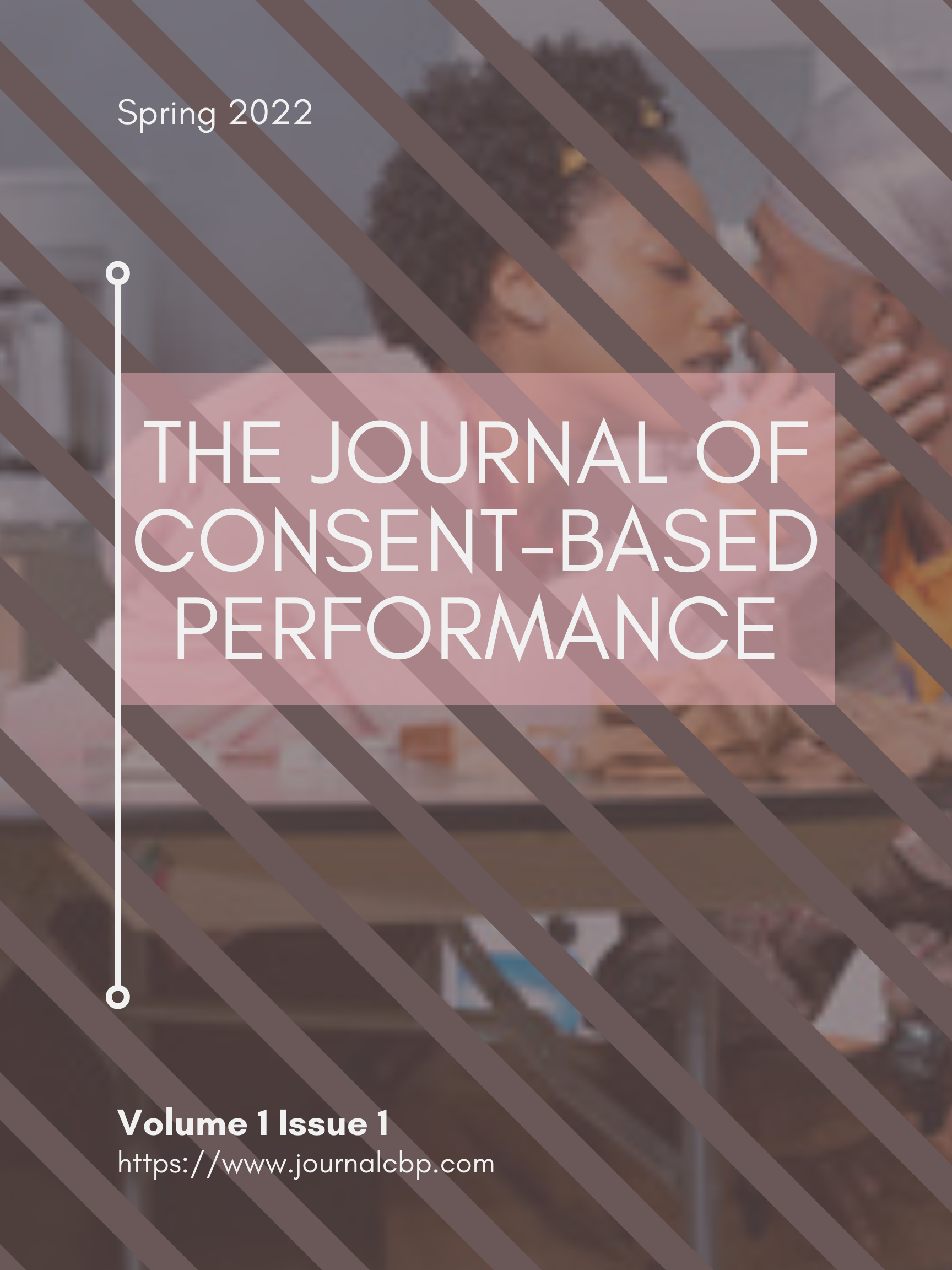Using Principles of Theatrical Intimacy to Shape Consent-based Spaces for Minors
Main Article Content
Abstract
In lieu of an abstract, here is an excerpt:
Understanding the way that the adolescent mind may respond to perceived danger and how that response could potentially become a habitualized response encouraged me to research how to adapt the best practices of boundaries and consent for specific developmental stages among minors.
As I realized the importance of adapting these best practices, I knew that this work would revolutionize middle school and high school theatre and drama programs. However, in order for these best practices to have an ultimately positive and developmentally supportive outcome, I recognized the need to make adjustments based upon the cognitive development of the artists in question. The needs of a minor in a creative environment differ from those of the adult. Through research and experimentation, I began to alter the approaches to the best practices based on the developmental stage of the subject. While the foundations remained the same, the approach and terminology shifted. As we began to work with secondary educators at our workshops, it became apparent that bringing the best practices of Theatrical Intimacy Education to middle and high school educators was an effective next step.
Article Details

This work is licensed under a Creative Commons Attribution-NonCommercial 4.0 International License.
Authors retain copyright of submissions to and publications while granting JCBP a non-exclusive CC-BY-NC 4.0 license.

